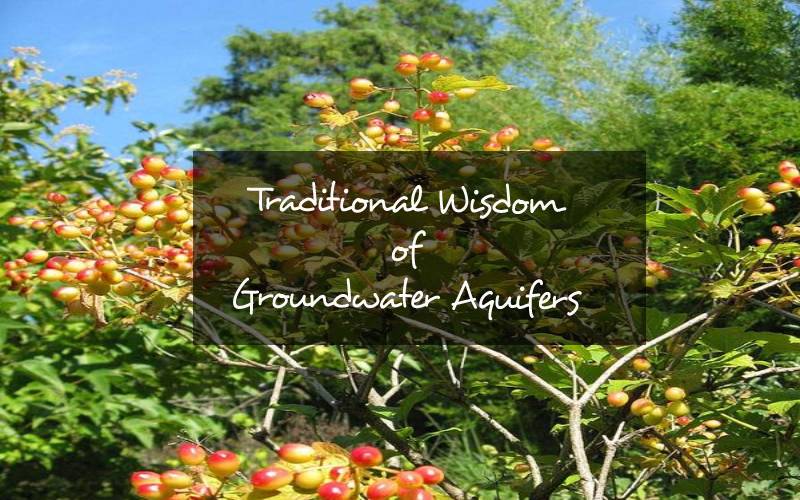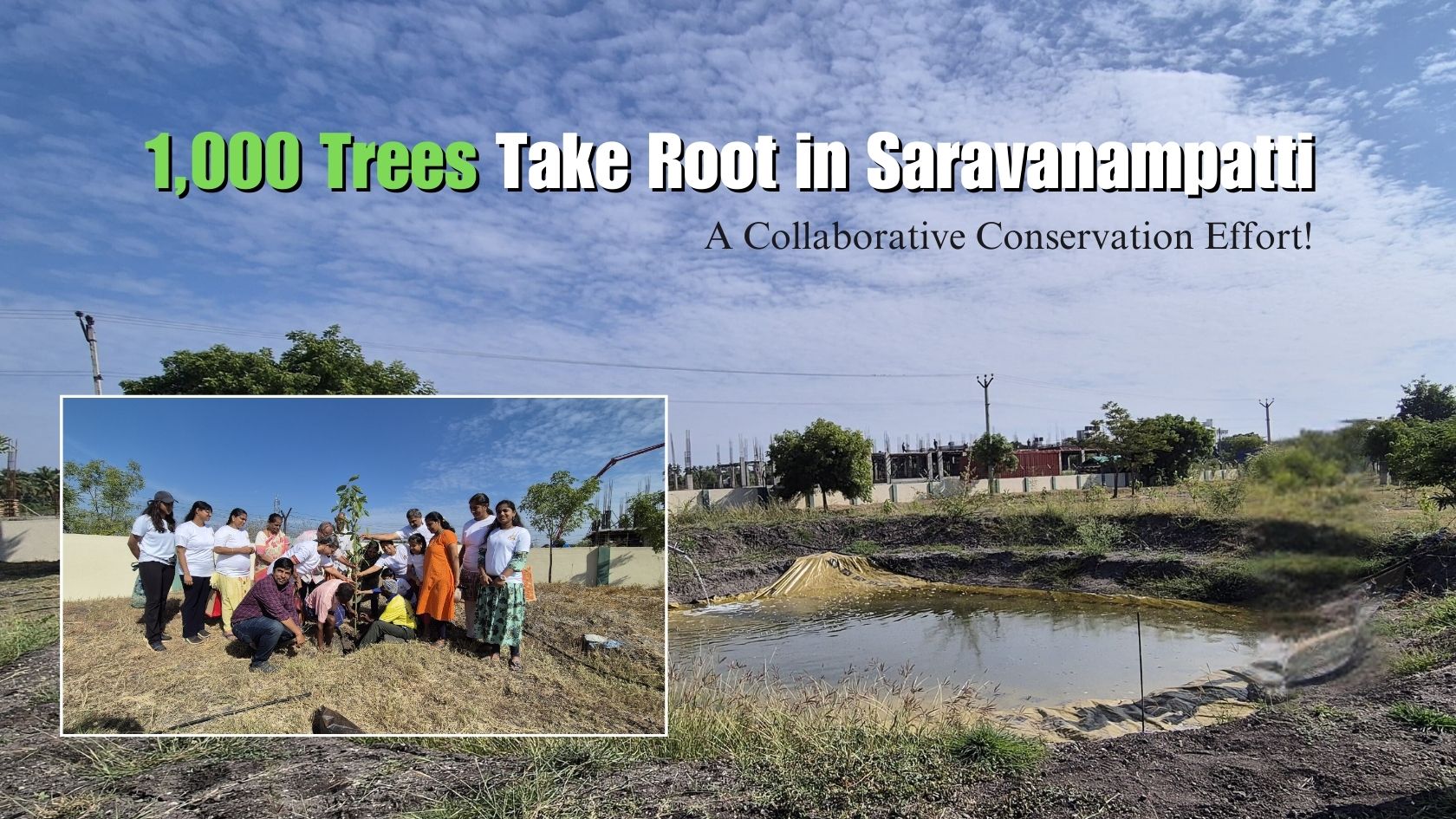
From time immemorial, our ancestors were good at developing both surface and groundwater, and its effects for multifarious usages. One of our ancient scientists on water development and management is Varahamihira (A. D. 505 – 587). He was an astrologer, astronomer, and mathematician. His magnum opus ‘Brihat Samhita' is a massive compendium on diverse subjects of human and social interest. One such subject deals with the term Dakargalam in Sanskrit which connotes ‘Water exploration.’ Daka means ‘Water' (Derived from the Sanskrit word Udaka for water) and Argalam, a bolt or a bar, i.e., a branch of science dealing with water locked up or imprisoned in the bowels of the Earth.
The various chapters and Slokas on ‘Dakargalam' clearly mentions that several indicators towards presence of groundwater. These indicators are of geological, geo-botanical, and non-biological indicators on the surface, and the subsurface of the Earth, that are even today used in several regions of India. The location of aquifers/water bearing formation or groundwater movements are conveniently detected by the following means; namely,
Few of the specific details extracted and simplified from the translated version of ‘Brihat Samhita' by Prof. E. A. V. Prasad (Department of Geology, S. V. University, Tirupathi) is highlighted as follows,
A striking feature is that the entire landmass of Jambu dweepa of which our country is a part, is laden with plenty of water bearing formation. This landmass was called as Jambu dweepa owing to the abundant growth of Jambu trees (Naaval Maram in Tamil). This shows that the entire landmass has numerous water bearing formation/aquifer zone running underneath which gets filled up after every monsoon season.
Tamarind, Neem, and Vilvam are common trees found in rural areas in Tamil Nadu and Kerala. Wherever these trees are found, at a distance of 3 cubits (Ancient way of measuring distance, 1 cubit is 21 inch) from them, the water bearing formation runs below.
If a termite mound is seen near a Jamun tree, it is a sure strike of a ground water bearing formation nearby. Especially if the termite mound grows Southeast of Jamun tree, the presence of groundwater is much assured.
Likewise the presence of Kapittha or Wood-apple tree, known as Vila Maram in Tamil, is a very good indicator of groundwater bearing zones beneath the earth.
The other trees which are good indicators of water bearing formation are the canes (Pirambu in Tamil) also bamboo clusters. The Indian fig (Atthi Maram) is another common tree found in the South which is a good indicator of groundwater. Naturally occurring Palm and Coconut trees are also bio-indicators. Palasa trees with white flowers indicate the presence of water nearby. If the date tree has two tops, the presence of groundwater in the nearby area is certain.
The Bilva, Neem, Banyan, Jujube trees grow very much along the groundwater bearing zones. Special mention must be made about the Arjuna tree. This is known as the Marudha Maram in Tamil. It is an essentially good indicator of groundwater presence.
If different types of plant species with no identical ones to next each other are found in an isolated region, the occurrence of water bearing formation is a certainty.
Similarly, wherever Neem, Banyan, Mango, Kadamba, Jambu were found in clusters in low lying regions, people used to dig ponds or tanks for perennial yields during ancient times. Even now, this is conspicuously seen even in South India especially Tamil Nadu and Kerala.
Generally, if the soil is Kapila Varnam (Brown colour), there will be sweet water underneath. Copper coloured earth contains water of stringent taste. Pale white colour soil contains salty/brackish water. Reddish ground that glows like sun will not have much water below. The rocks that look cloudy, bee-coloured or having the colour of barley, dark gram, or brown will have abundant water underneath. One could find white frogs under those rocks. These are bio-geological indicators for the presence of copious amount of groundwater.
NEXT ARTICLE

A group of eager volunteers and nature enthusiasts, gathered amidst the lush greenery, ready to embark on a mission to enhance the beauty of our surro...